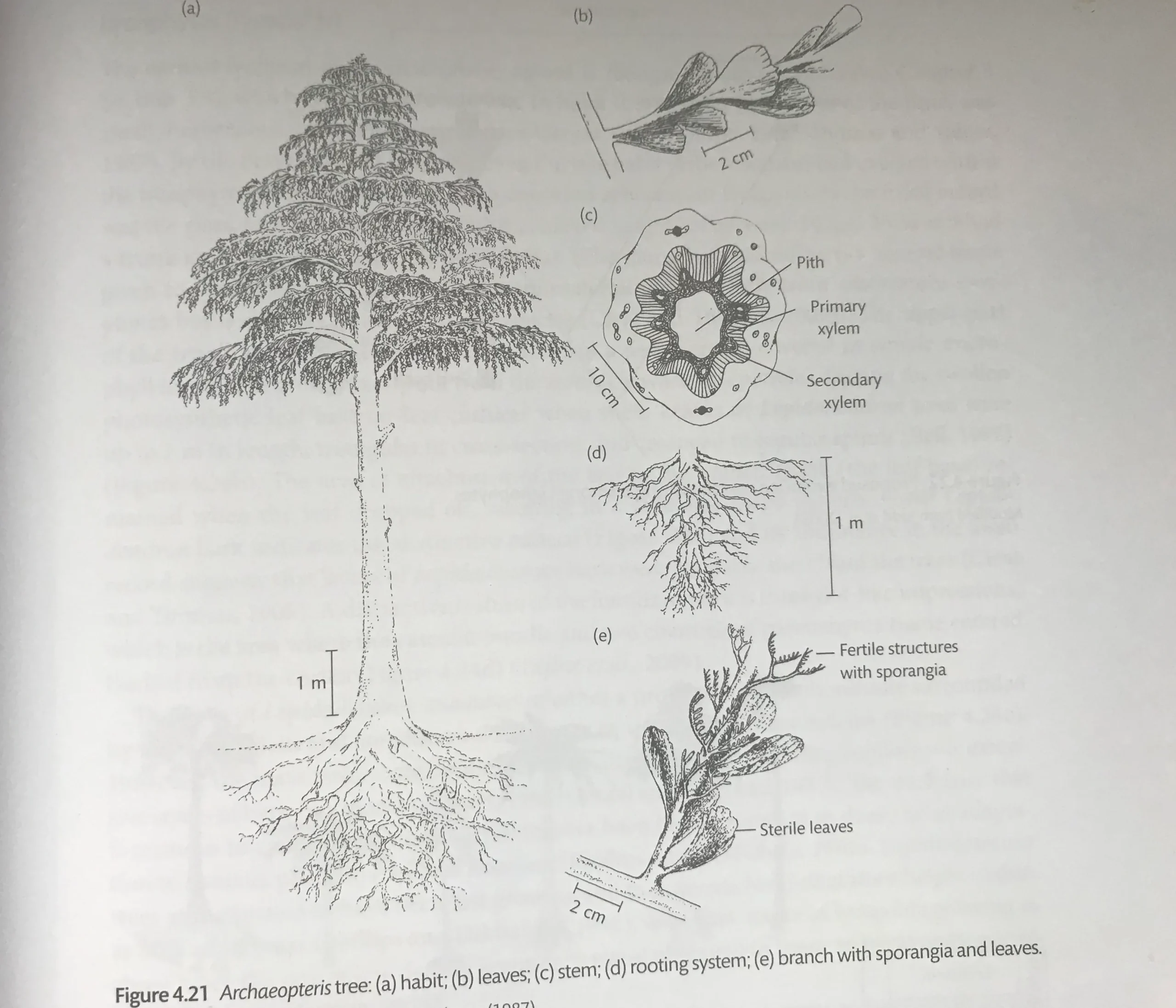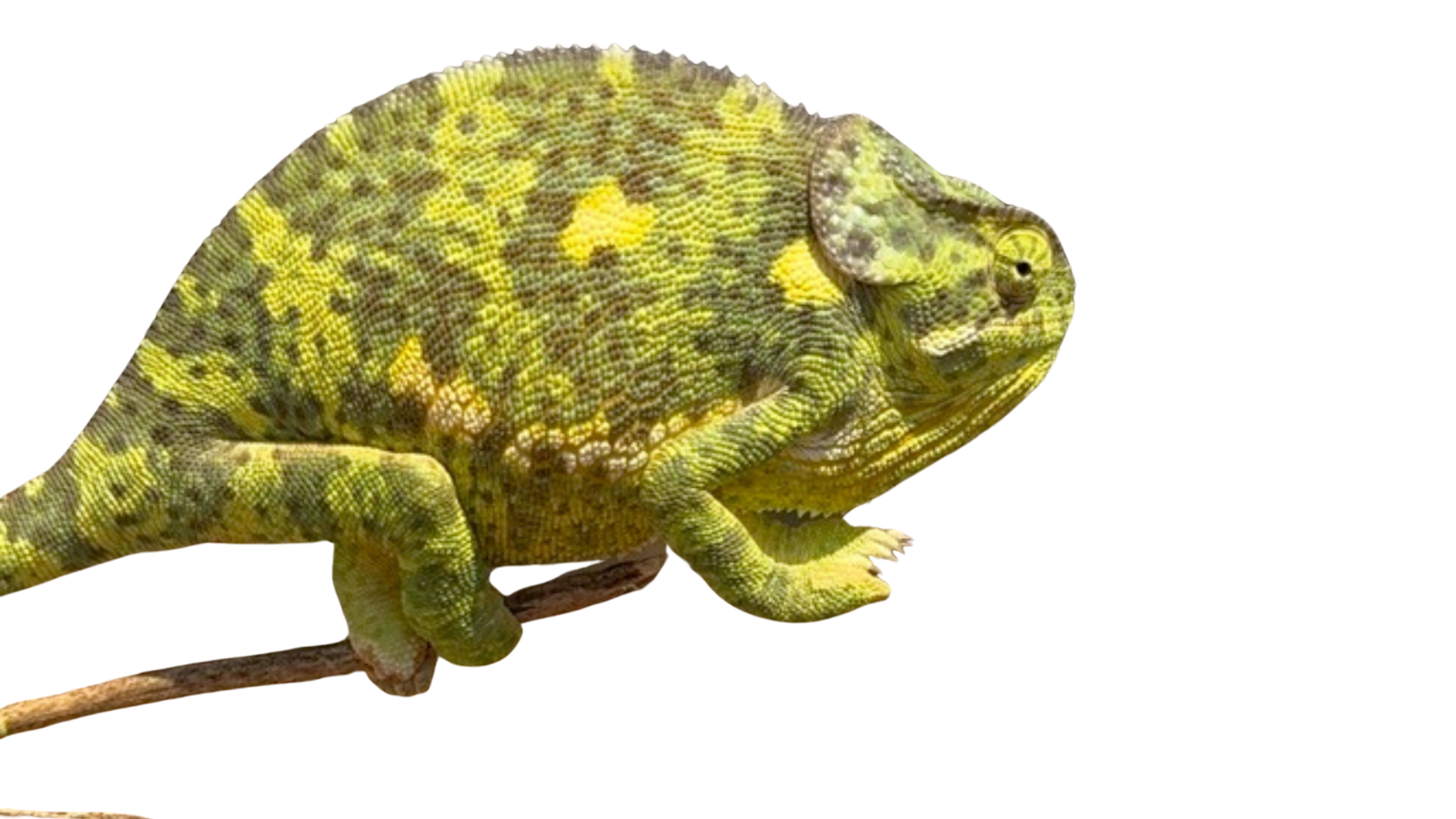If you are so close to something that you can’t see the edges than you are going to miss something important. For this reason, we are going to start our deep dive into the history of herbivory by looking at the portion of the earth’s history before there were herbivores.
First, we need to look into the unfolding history of this ranch, starting at a time when there are no ranchers. Just me. With the rains this week I would say that the ranch is officially under water. We now have a lake view out of the new house. The neighbor took the rest of his cattle off our side on Friday and we are left with nine head. But everyone says it’s been a very dry year. Welcome to Oregon.
Abel has been cooped up in the house because of the rain. He is frustrated that even a month into life, his new baby brother Noah is still more of a ragdoll than a playmate. So by nighttime, the house is usually a disaster. He and I clean it up before bath. Half of the time that goes about how you would expect with a two-year-old. I don’t want to talk about those times. But the other half of the time we really get on a roll and we put all the blocks, and books and farm animals where they are supposed to go, and both of us are hustling, doing ‘fast boys,’ as we call it. When this happens, we celebrate with big high fives and he opens his mouth wide like a Central American soccer star, just scoring a winning goal in the semi-finals. He then rolls around on the ground in a celebration I haven’t quite figured out yet. This doesn’t have anything to do with the ranch. But maybe someday it will have everything to do with the ranch.
The first surprise to come from our study of the history of herbivory is just how ‘young’ herbivory is. Plants were around for a hundred million years before there were even any insects that ate them. That means that for maybe a third of the history of land plants, nothing ate them. Think about how that would change ecosystem processes.
This brings us to the second take away from this period of plant history. Herbivory is hard. Way harder than I would have ever guessed. At this point in earth’s history, the plant ecosystem was basically separate from the animal ecosystem. Plant material only entered the animal food web after it died, as ‘detritus.’ Detritivores were the base of the animal food chain, predators ate detritivores and bigger predators ate smaller predators. In some ways, early terrestrial ecosystems were more like marine ecosystems, with smaller fish being eaten by bigger fish, being eaten by still bigger fish and so on. One of the many surprising elements of the Carboniferous period is the counter-intuitive reality that carnivores long predate herbivores.
Since this was even before the whole insect thing had really taken off, the detritivores were mostly mites, though the ancestors of cockroaches were getting their start around this time. These supported a food chain of predators, like spiders, and dragonflies (whose wingspans were measured in feet). Between all that brush, all the swamps, and the creepy crawlies, the Carboniferous is just not the sort of epoch I’d like to visit. And there are the things that are not there, big animals for instance. We evolved to take joy at the sight of large animals and when there are none around, deep down we know something is wrong. Well, some of the millipeds in the Carboniferous were eight feet long, so sometimes better no animals than big animals.
During the Carboniferous, cellulose was a pretty bulletproof molecule. As a result, tree trunks stacked up pretty fast, until they got buried and eventually formed coals. This is where much of the world’s coal deposits come from and so the Carboniferous is sort of the inverse of the Holocene. The Carboniferous had its own set of ecological problems and maybe someday I will write a blog post on the lessons we can glean from that.
Before this study, I would have thought that it would be easier to eat a live plant than a dead one. This seems not to be the case and I have been trying to figure out why this should be. The best I can come up with is that the mites and millipedes were essentially using the free-living bacteria and fungi in the ecosystem to ‘pre-digest’ the plant matter. When microbes evolved the capability to colonize guts, first in insects and then in vertebrate Archaeosaurs, animals were able to digest plant material ‘in-house.’ Only then is herbivory possible.
The microbes that live in the guts of herbivores are not ‘helpful.’ They do not make herbivory more efficient. They are absolutely critical and herbivory does not happen without them. I heard someone once say that a cow is a spaceship built by rumen microbes. It would seem that this is even truer than I realized.
This finding highlights some important features of biodiversity. Some taxa can come and go, replaced by others without much impact on broader ecosystem function. However, others (like these gut microbes) dramatically change the way energy flows through the ecosystem. In conservation, we really need to make a distinction between the two kinds of biodiversity. While we should do our best to conserve all biodiversity, we cannot let members of the second group be lost. So, stay tuned to find out other organisms in that category.
Long before there were any herbivores, there were trees, really big ones. There were forests that had a similar structure to modern forests in similar environments. Trees and forests do not need herbivores to exist, thank you very much.
Almost all of the species were very different from today, however. In fact, the Orders of these plants often go unrepresented in modern forests. Important to note that species, genera, and orders can come and go without a change in forest structure. Next week we will learn that savanna structures are not dependent on particular Orders of plants either, grass for instance. The few plants from these ancient forests that have survived to the modern era are relegated to the shadows of ecosystems, often literally. It’s like finding out that the gas station attendant was a prince in Eastern Europe or something. There were ferns, including very tall tree ferns. But for much of the period, the main tree species was Archaeopteris. In the Carboniferous, ‘clubmosses’ like Archaeopteris grew a hundred feet tall.
There were also ‘giant horse-tails.’ Maybe you have horsetails along a bike path in your neighborhood.or in your pasture. We do. They tend to grow in sandy soil along a river or where there is some wet soil. Again, now they might get to be a foot high, but in the Carboniferous, they were thirty or fifty feet high, like bamboo.
One of the other interesting facets of the Carboniferous is just how few species there were. Let’s say there were two dozen plant species in the whole world. We now have a thousand times that many. I would like to say this was due to a lack of herbivory, but I don’t have enough information to say that. Insect pollination was probably good for rapid speciation and just like any other kind of wealth, species richness benefits from more time for exponentiation.
The forest floor of the Carboniferous was dominated by other kinds of horsetails, which seem to be identical to our modern horsetails. In addition, there were other ferns and clubmosses, like princess pine.
Starting around 300 million years ago, we see the first vertebrate animals with undeniable adaptations for herbivory. For tens of millions of years these animals were only able to reach a few feet above the ground. So for a very long time, vertebrate herbivory was something that happened during only a very short period of a tree’s life cycle. Trees mostly had to contend with insect herbivores and so trees focused on developing adaptations against those. However, the herb layer was constantly exposed to the new Archosaur herbivores. It was in this herbaceous layer that the early experiments in vertebrate herbivory took place. Maybe this is why the herbaceous layer contains the most innovative responses to herbivory.
Next week we are going to start to find out what some of those innovative responses were and which plants had them. But pretty quickly, herbivores were not going to be restricted to the herbaceous layer. Watch out trees. In the Mesozoic, the vertebrates are coming for you.

